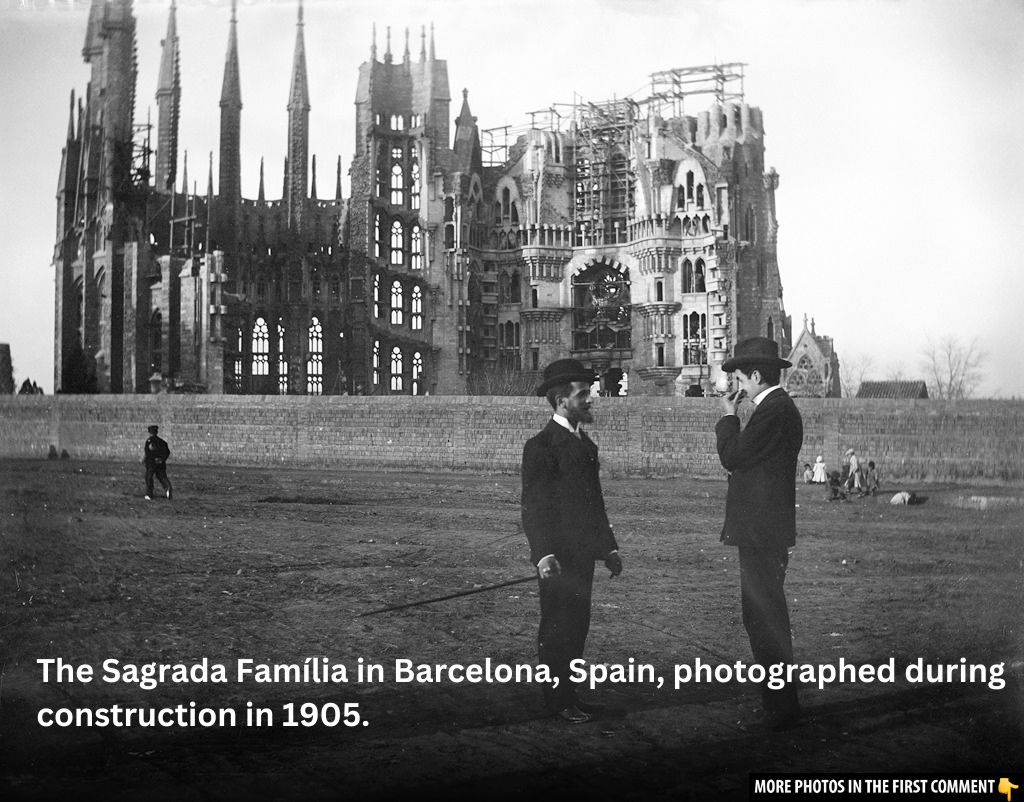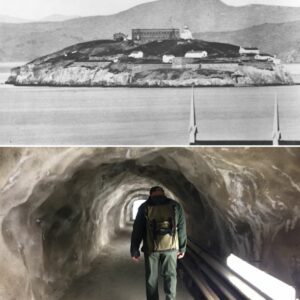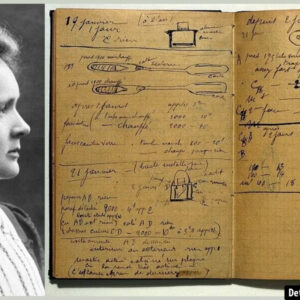When one thinks of Barcelona, it’s nearly impossible to ignore the towering spires of La Sagrada Família. Antonio Gaudí’s monumental work has defined the city’s skyline for over a century, but its story stretches far beyond the physical structure. What began as a humble vision in 1882 has evolved into one of the most iconic architectural feats in modern history. The Sagrada Família stands as a testament not just to Gaudí’s genius, but to the relentless pursuit of a vision that transcended generations. Through the lens of rare historical photographs, we can trace the evolution of this incredible project, witnessing its rise from an ambitious blueprint to a near-completion that has captivated millions around the world.
The Early Years of Construction (1882-1905)
The foundations of La Sagrada Família were laid in 1882, initially under the guidance of architect Francisco de Paula del Villar, who incorporated neo-Gothic elements. However, the original design was far from what we recognize today. In 1883, the young and ambitious Antoni Gaudí was assigned to take over the project, shifting the trajectory of the basilica forever. Gaudí brought his own vision, one steeped in natural forms and spiritual symbolism, setting the stage for the church’s unique architectural identity.
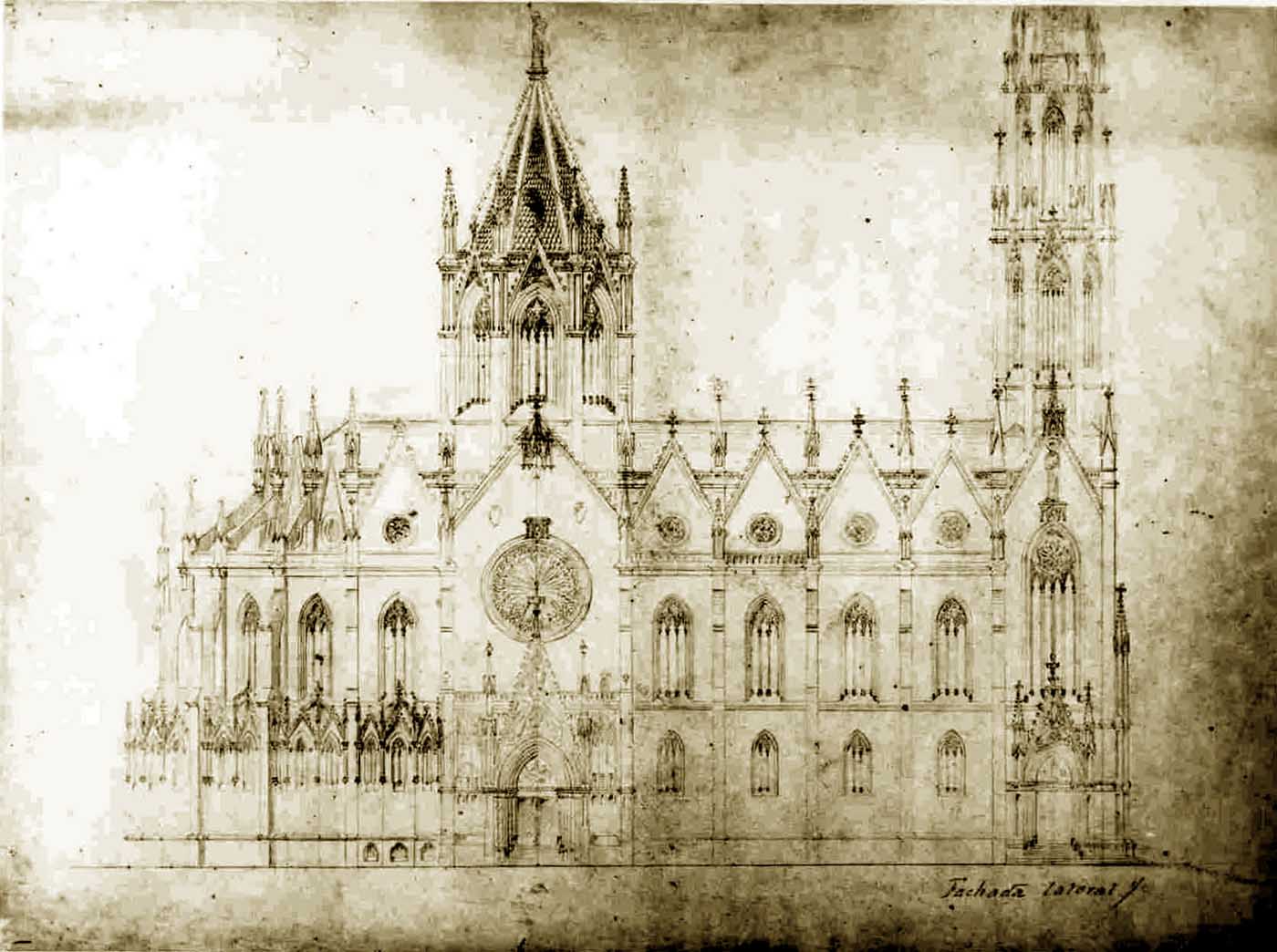
Photographs from the late 19th century show the nascent stages of the Sagrada Família, with workers toiling away on what was to become a colossal feat. In these early years, Gaudí’s design was not just about aesthetics but about merging the divine with the natural world. His changes to the original plans were bold and revolutionary, yet they would prove to be the foundation of what would become a symbol of faith and human ingenuity.
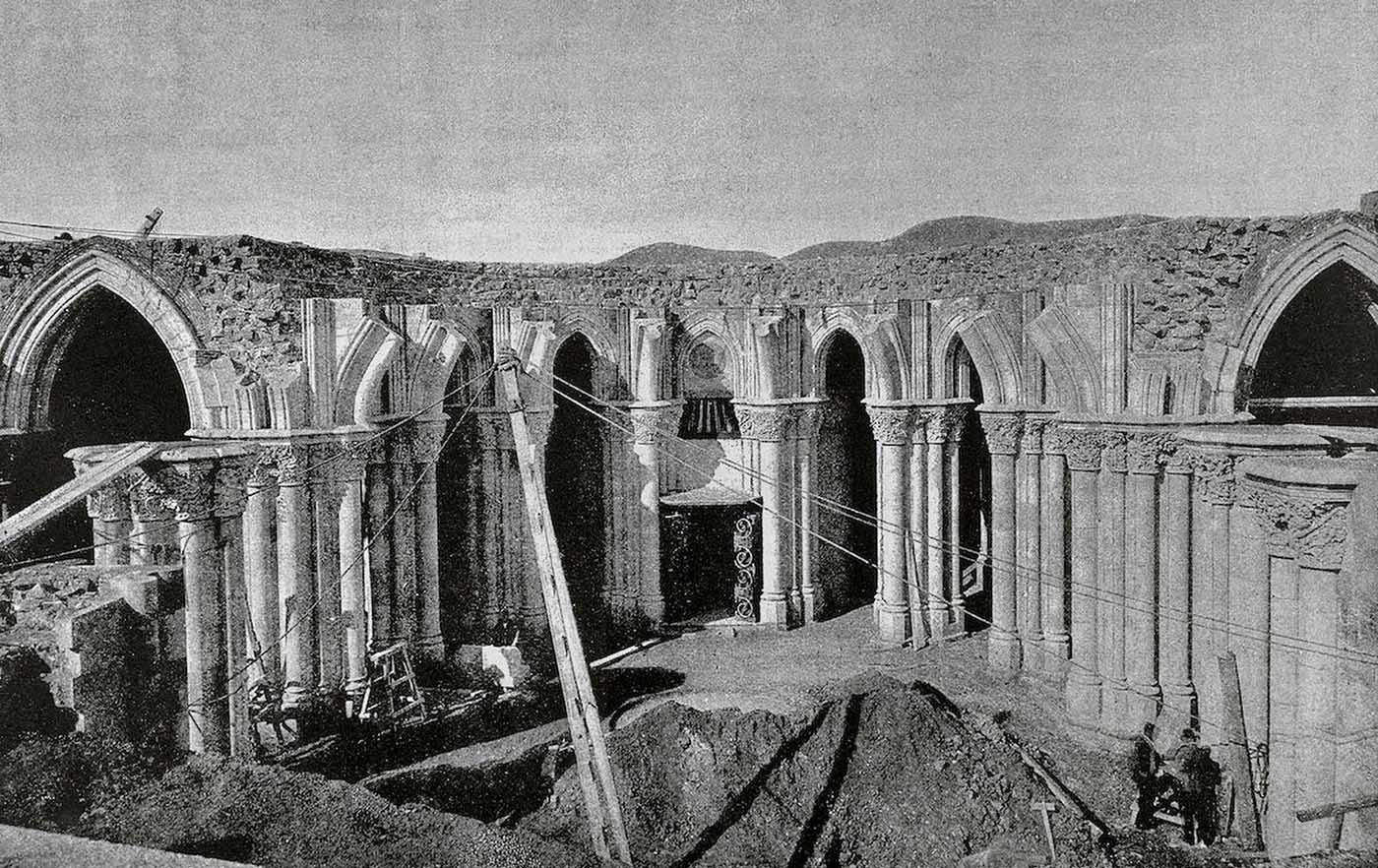
Video
Watch The World’s Oldest Construction Project | Sagrada Familia to explore the ongoing history of this iconic Barcelona landmark. A fascinating look at its long construction journey!
The Development of Sagrada Família’s Iconic Design
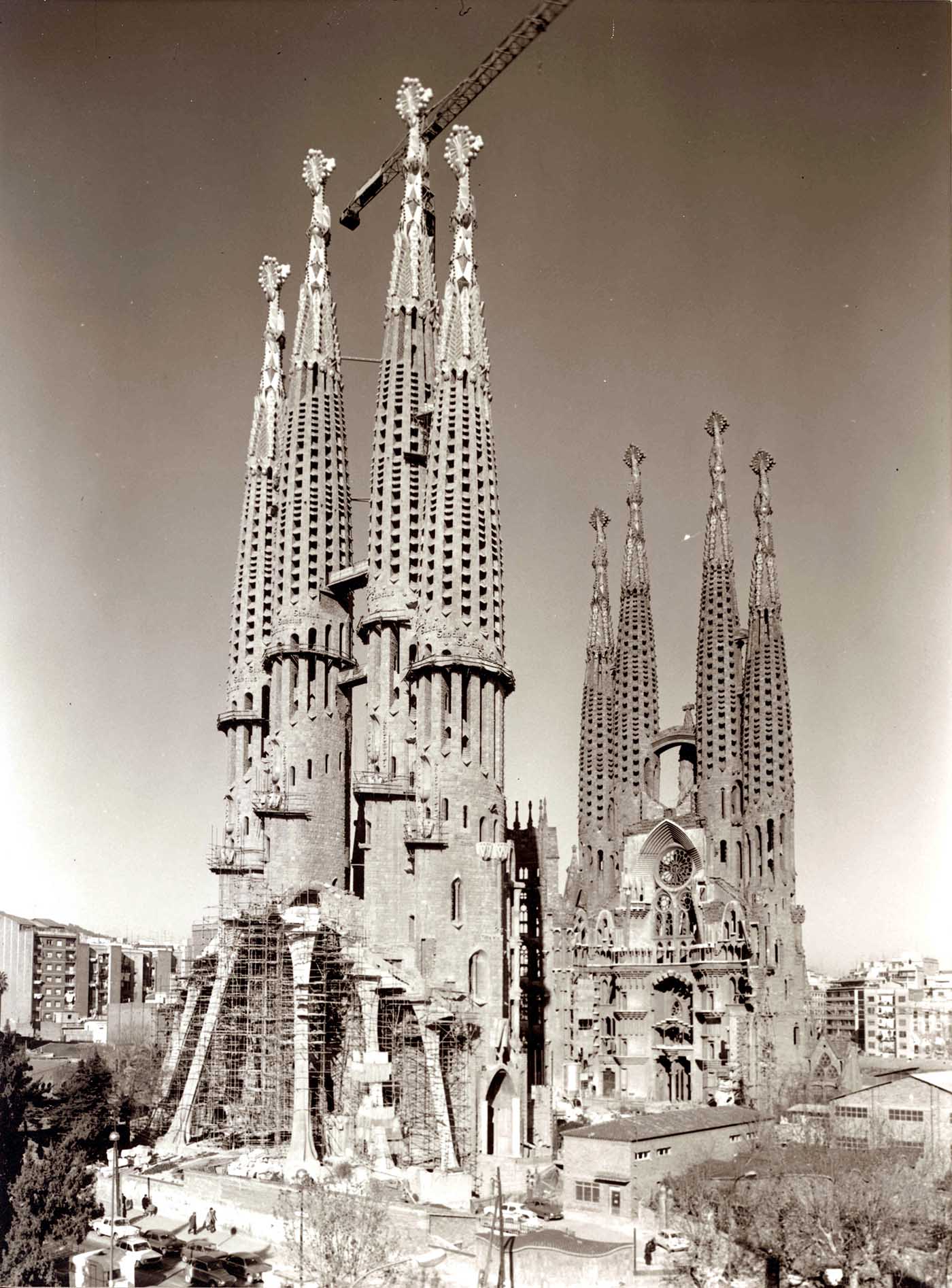
Gaudí’s design for the Sagrada Família was nothing short of revolutionary. Drawing inspiration from nature, the Bible, and his deep religious faith, Gaudí sought to create a church that would be a living testament to the glory of God. The basilica is meant to represent the three key moments in Christ’s life: birth, death, and resurrection. This vision was manifest in the three grand façades—the Nativity, Passion, and Glory. The Nativity façade was completed first, before construction slowed due to the Spanish Civil War, while the Passion façade was built in the 1950s and the Glory façade continues to be under construction.
Each façade tells a story, intricately adorned with symbols that speak to the Christian faith. The Nativity façade is exuberant and filled with life, while the Passion façade is marked by a stark, tortured beauty. The Glory façade, still being constructed, is expected to be the largest and most monumental, depicting the ascent to heaven and the final glory of Christ. Through rare photographs, we can observe the changing progress of these façades, each capturing a different phase in the monumental building’s life.
Key Events in the Construction Timeline
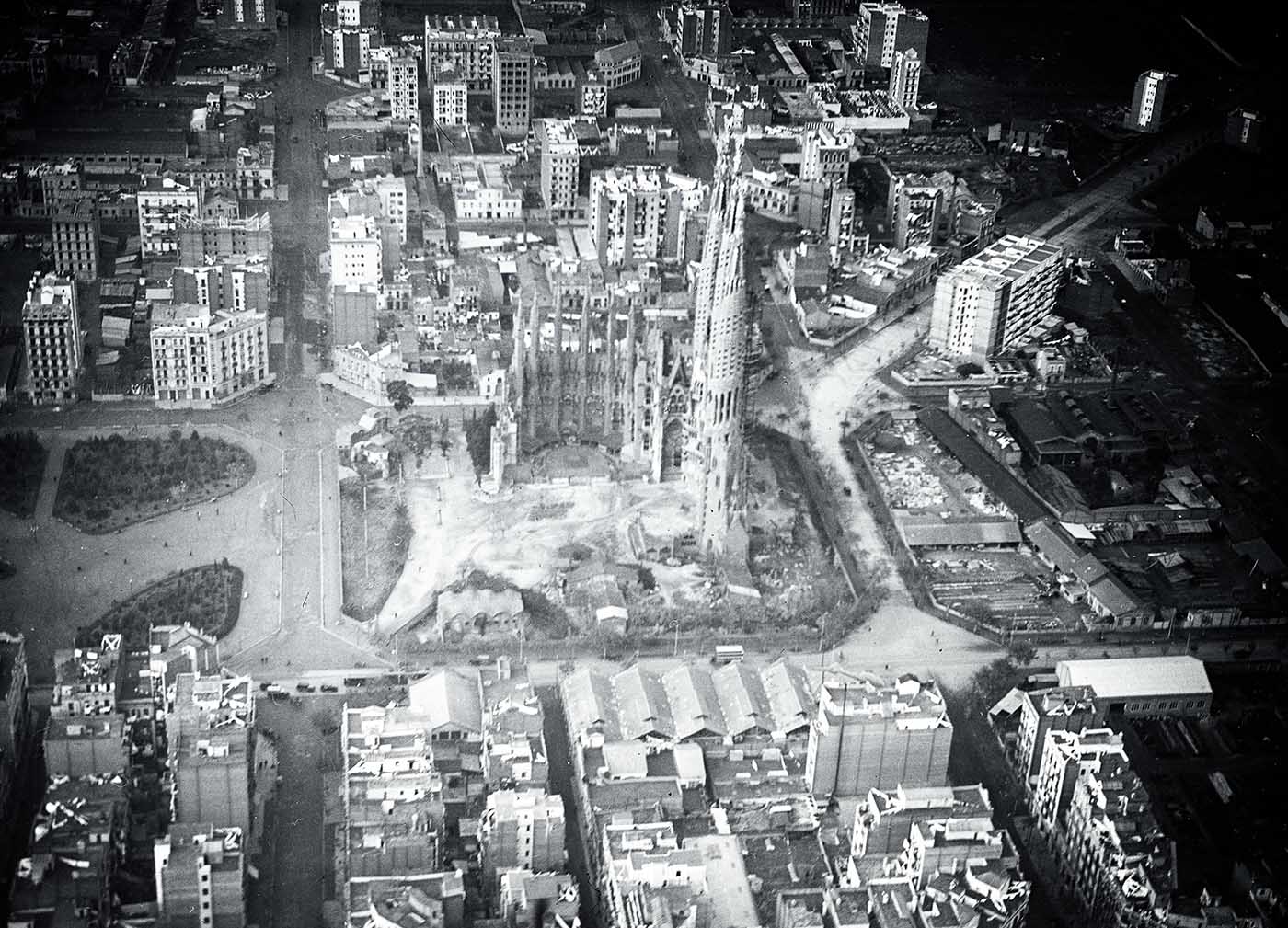
Despite its inception in 1882, the construction of Sagrada Família has been a slow and painstaking process. Gaudí dedicated over 40 years of his life to this project, spending the last 15 years in near-isolation, focusing solely on the basilica. It was during these years that Gaudí famously quipped, “My client is not in a hurry.” His life and work were deeply entwined with the church, and even after his tragic death in 1926—when he was struck by a tram in Barcelona—the project continued under his guidance, albeit without his direct involvement.
The 1930s proved to be a tumultuous time for the Sagrada Família, as the Spanish Civil War halted construction, and many of Gaudí’s original plans were destroyed in a fire. The loss of these plans set the construction back years, forcing architects and craftsmen to rebuild the designs from fragments. This setback did not deter the vision, however, and throughout the following decades, the construction of the Sagrada Família continued, with slow but steady progress.
The Glory Façade: A Monumental Achievement
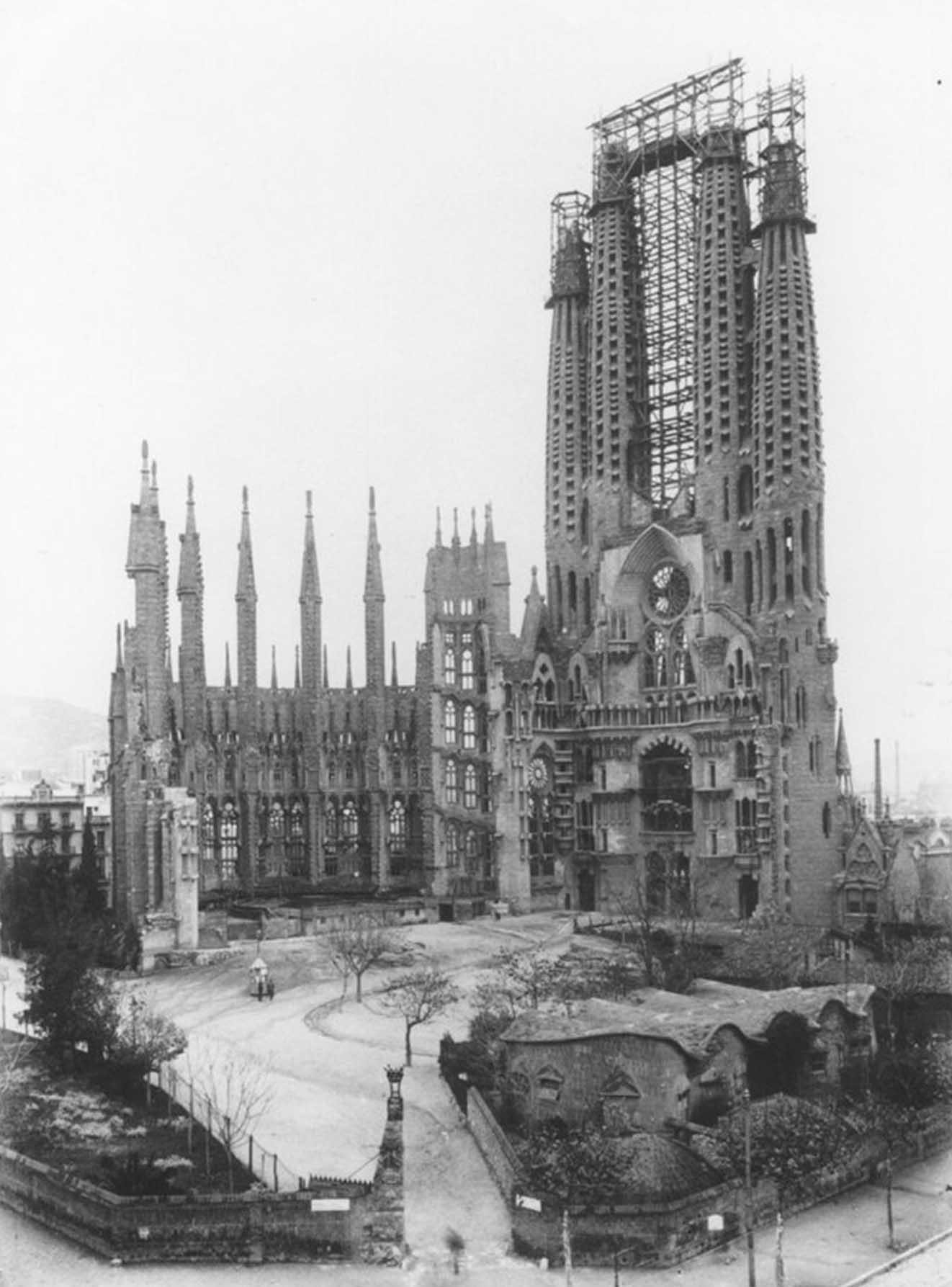
Perhaps the most anticipated aspect of the Sagrada Família’s future is the Glory façade. This massive façade will represent the final stage of the Christian journey: ascension to God. The Glory façade will depict Hell, Purgatory, and the virtues and vices of mankind. Photographs of the construction of this façade reveal the complexity and ambition of Gaudí’s design, with every detail crafted to reflect the power of divine truth.
The Glory façade is not just a work of art but a statement of Gaudí’s religious devotion. Each element is meticulously crafted to honor God, and the façade will be the most monumental part of the entire church. Once completed, it will symbolize the full cycle of Christ’s life and the eternal glory that awaits.
Sagrada Família’s Polarizing Reception
Gaudí’s design for Sagrada Família was met with mixed reactions during his lifetime. While many celebrated his innovative approach and visionary style, others were critical of his unconventional use of space and form. Prominent architects like Louis Sullivan praised the building as “the greatest piece of creative architecture in the last twenty-five years,” while critics like George Orwell called it “one of the most hideous buildings in the world.”
Despite the polarizing opinions, Sagrada Família’s distinct silhouette and stunning design have become synonymous with Barcelona itself. Over 3 million people visit the basilica annually, drawn not just by its architectural beauty but by its symbolism and cultural significance.
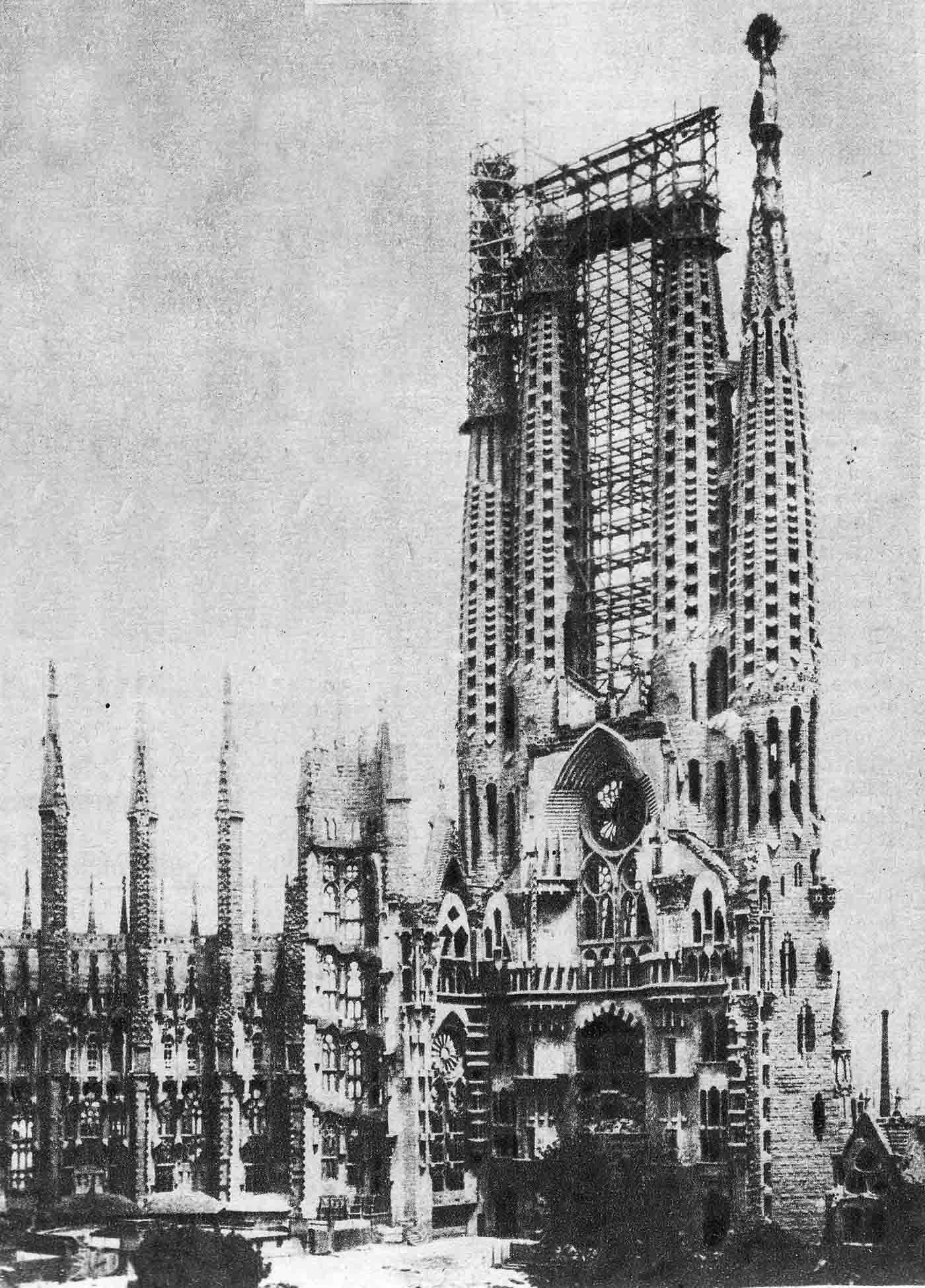
The Ongoing Construction and Modern Impact
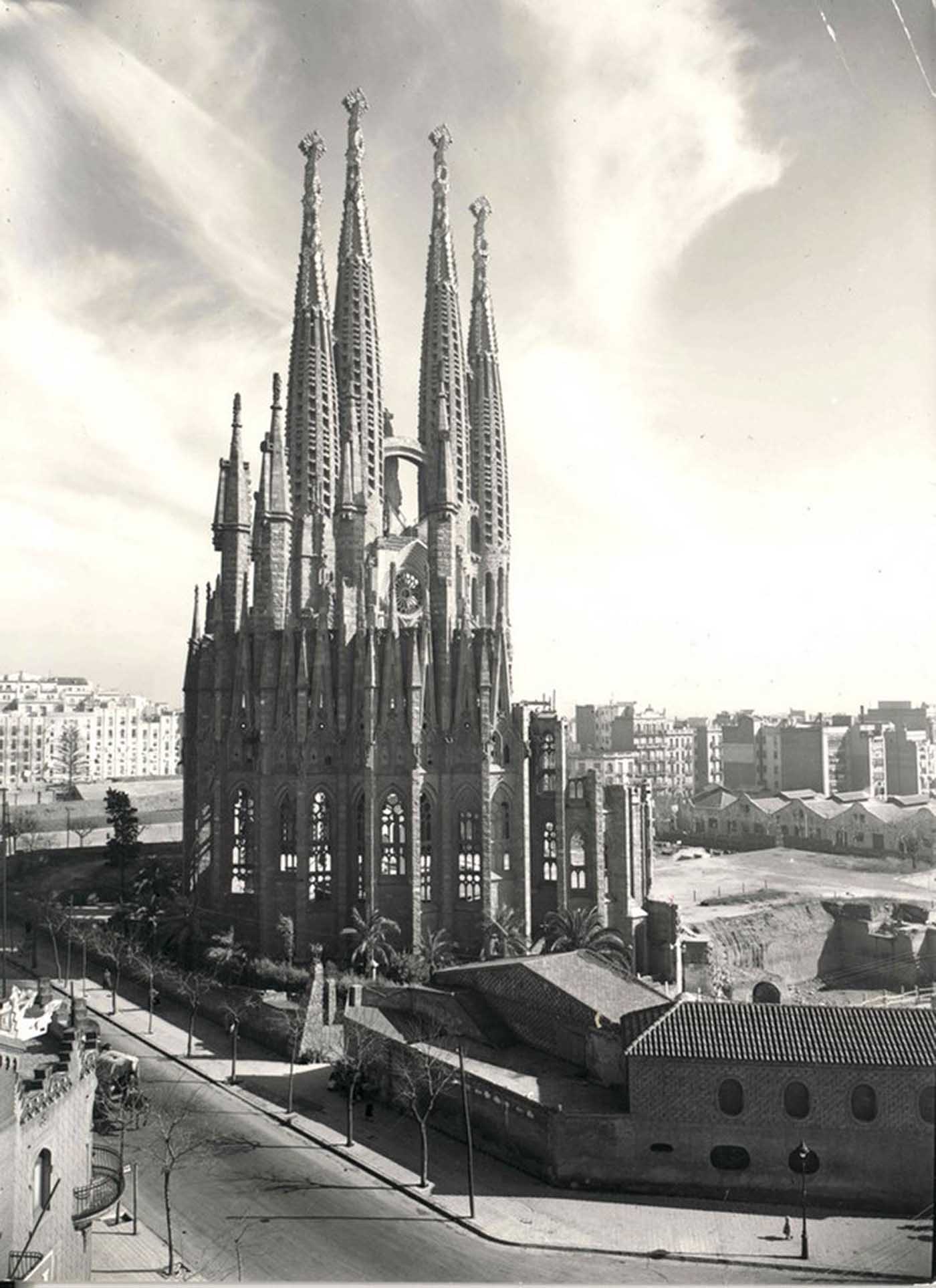
While Gaudí’s vision is far from complete, the Sagrada Família continues to evolve. Today, the basilica is funded primarily by donations and the millions of visitors who come from all corners of the world. Modern architects and craftsmen work tirelessly to continue the construction, adhering as closely as possible to Gaudí’s original designs, despite the challenges of modern materials and techniques.
Photographs of the current construction reveal the ongoing transformation of the church, as the delicate spires rise ever higher, inching closer to the completion of Gaudí’s dream. It’s clear that the legacy of Sagrada Família is far from over, and the church’s ongoing construction will continue to inspire awe for generations to come.
Gallery of Rare Historical Photographs of Sagrada Família
The rare historical photographs of Sagrada Família provide a captivating visual journey through the architectural masterpiece’s evolution. From the early construction years to modern-day progress, these images capture the spirit of Gaudí’s work and the monumental challenges faced throughout the construction process. The photographs not only showcase the church’s incredible design but also provide a window into the history and culture of Barcelona, reflecting the city’s transformation alongside the ongoing project.
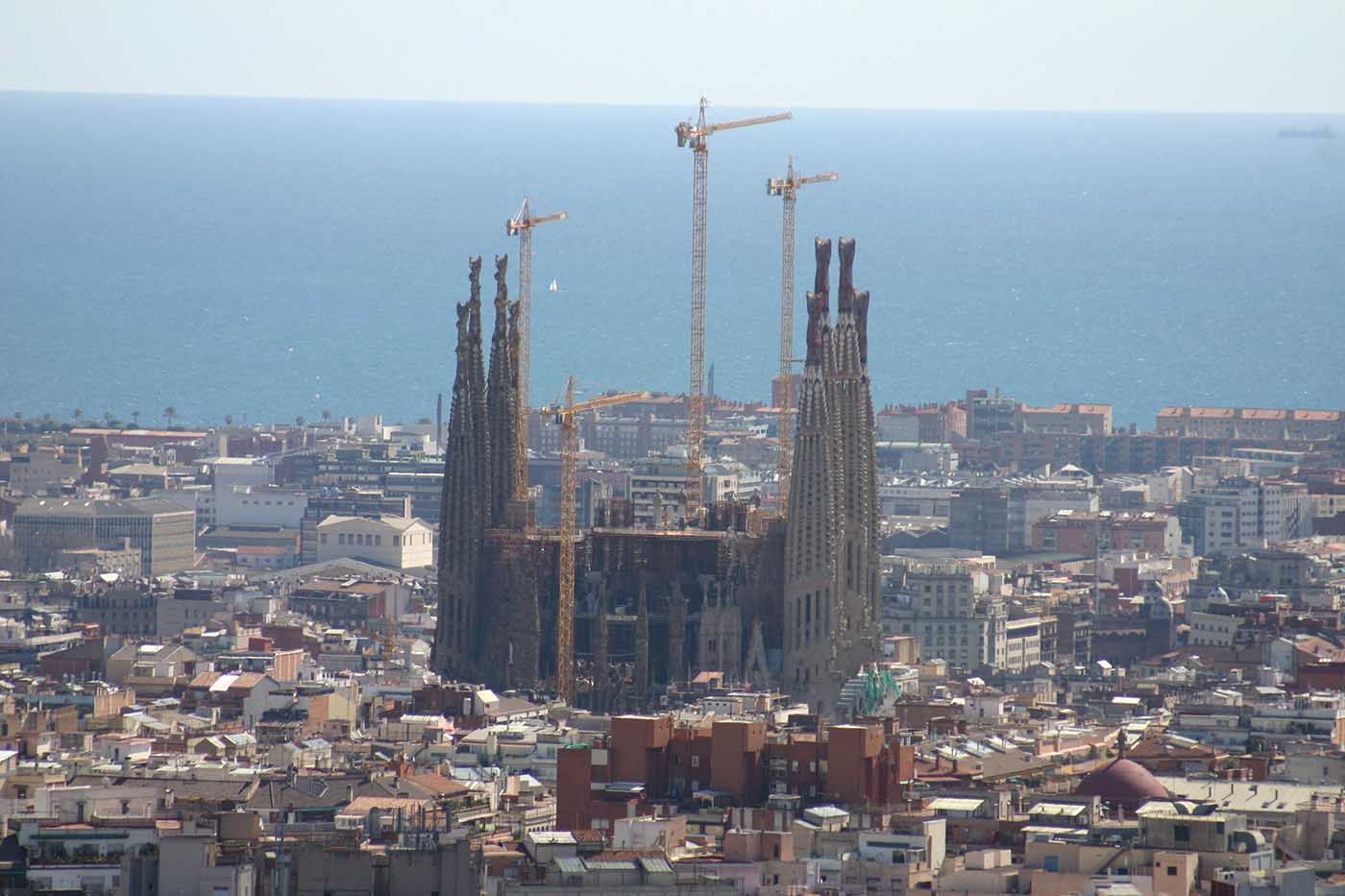
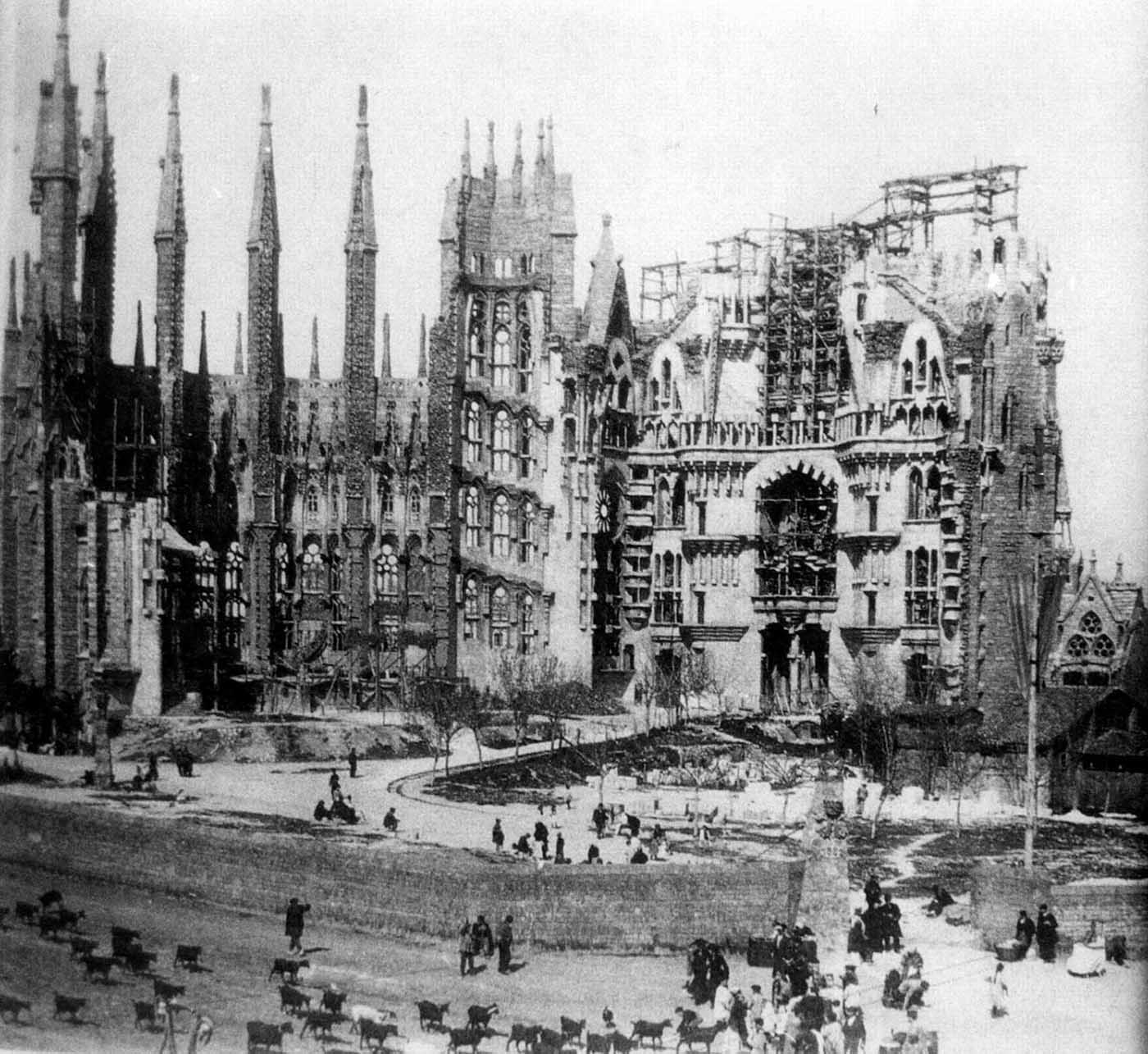
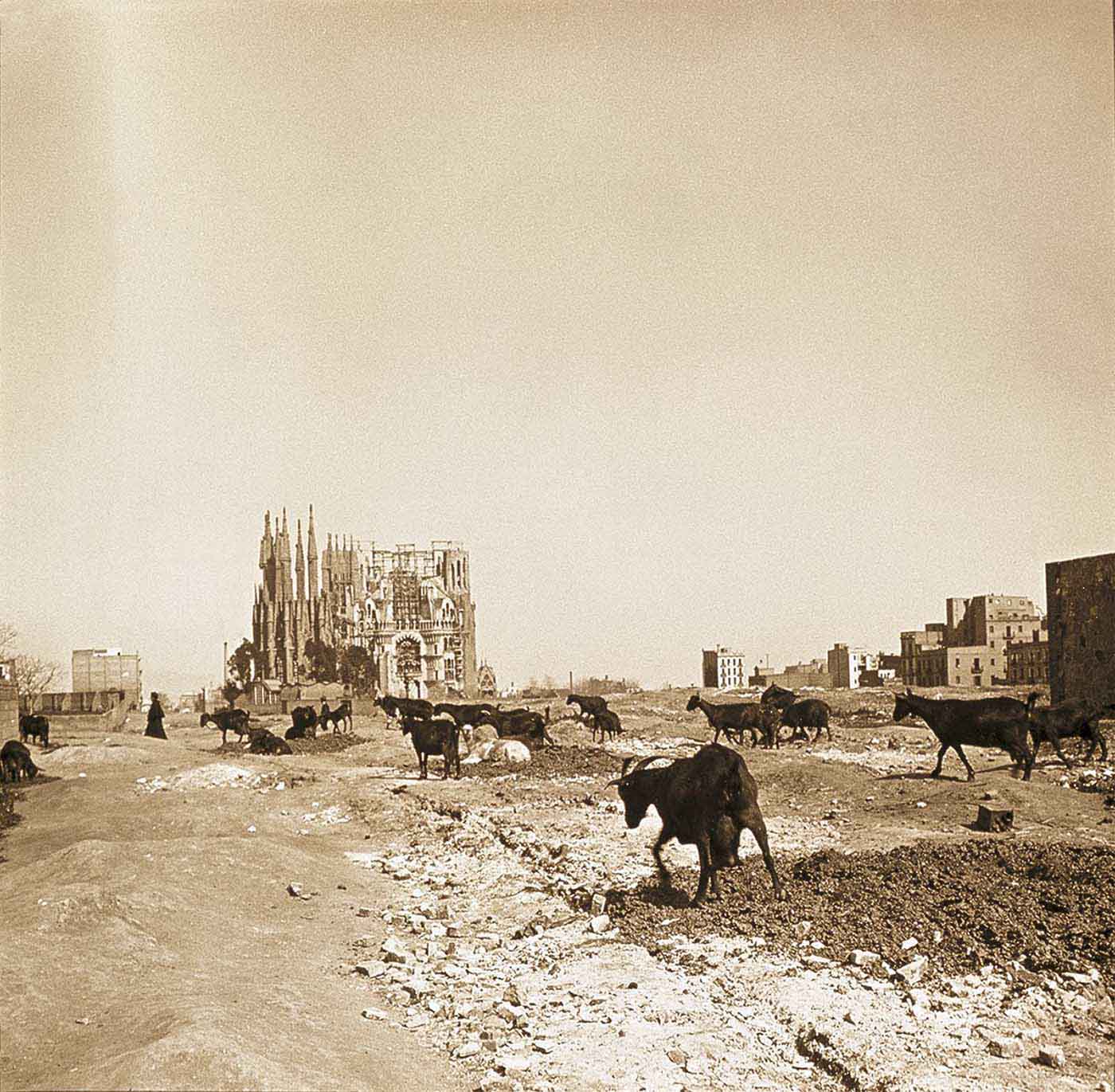
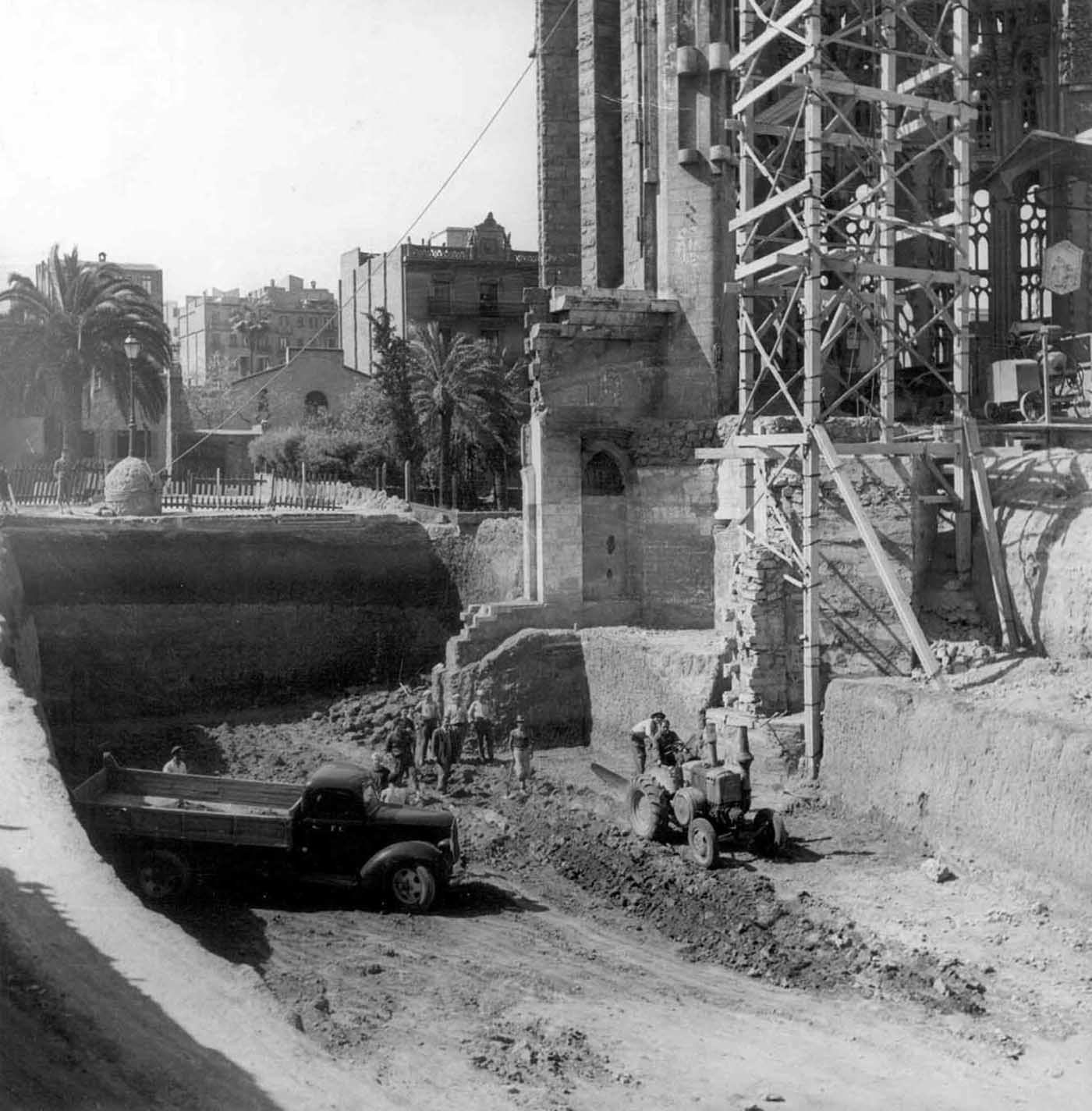
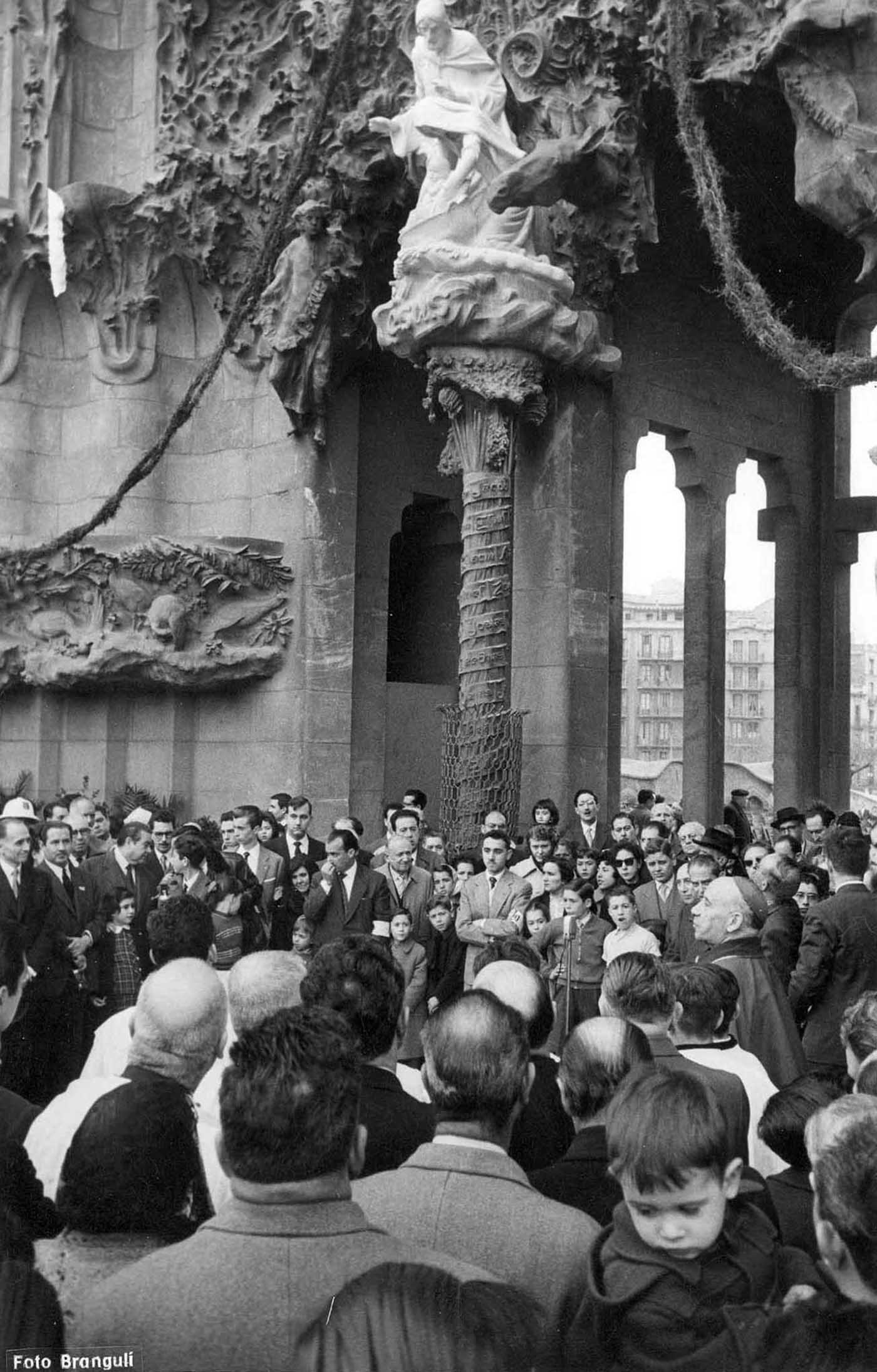
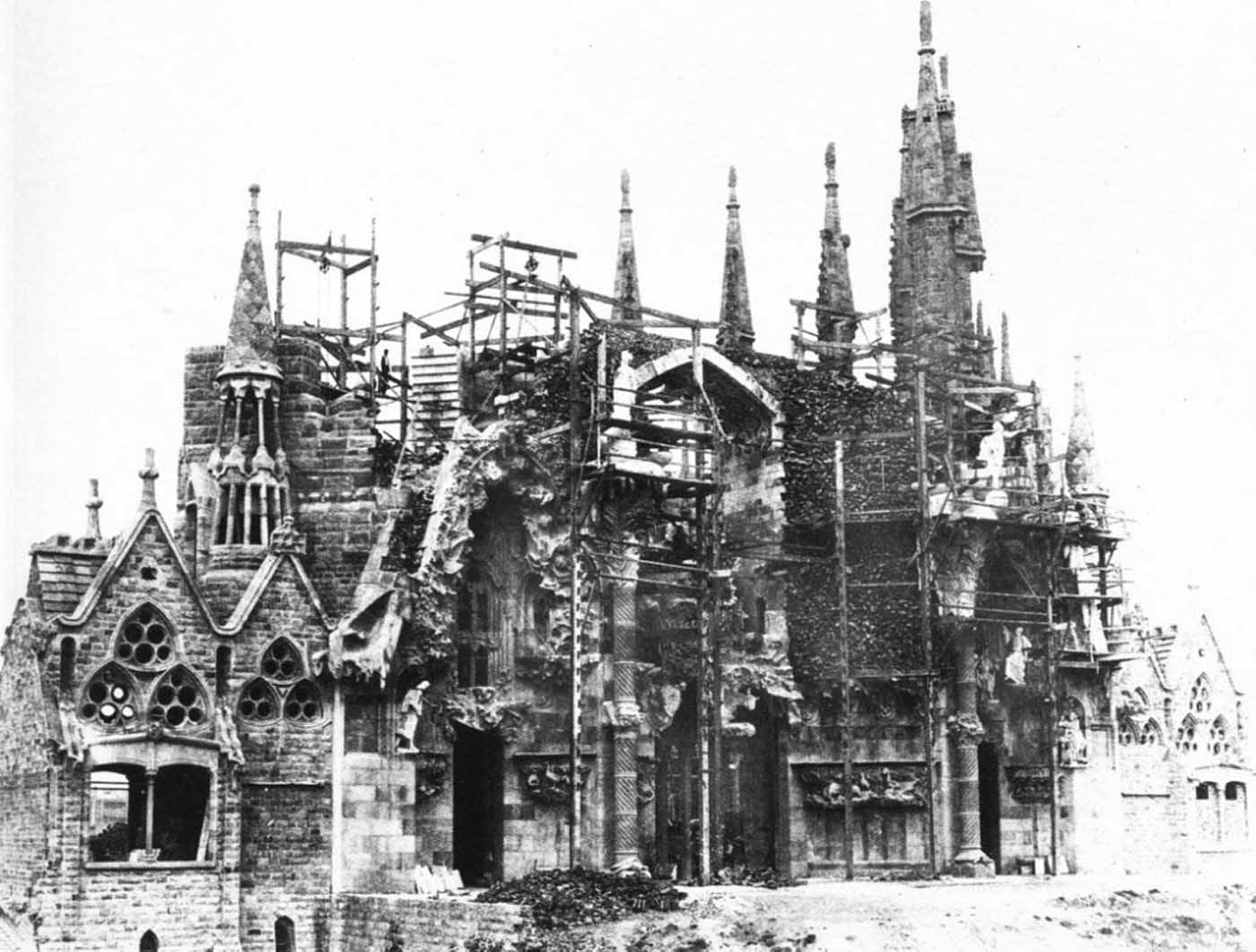
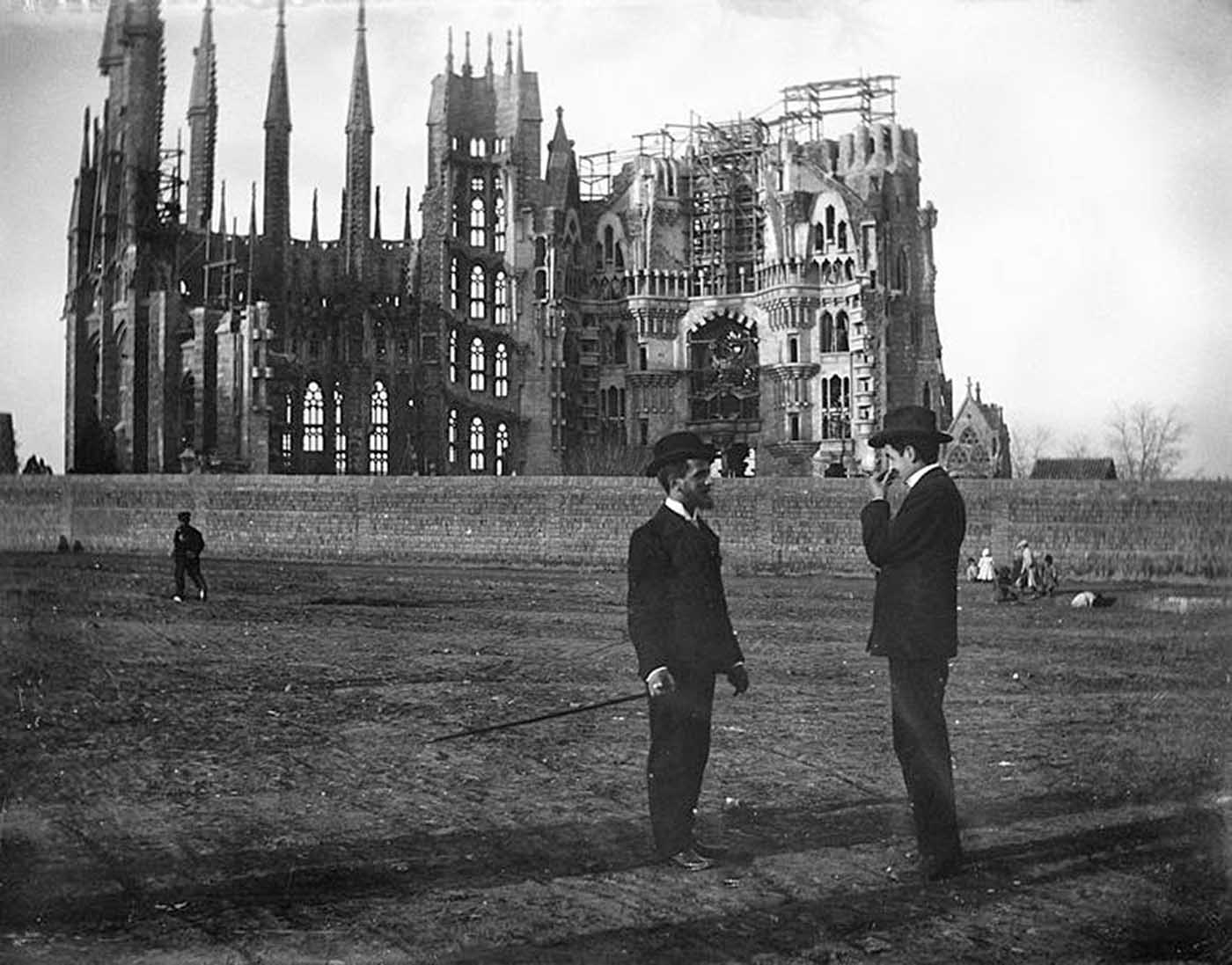
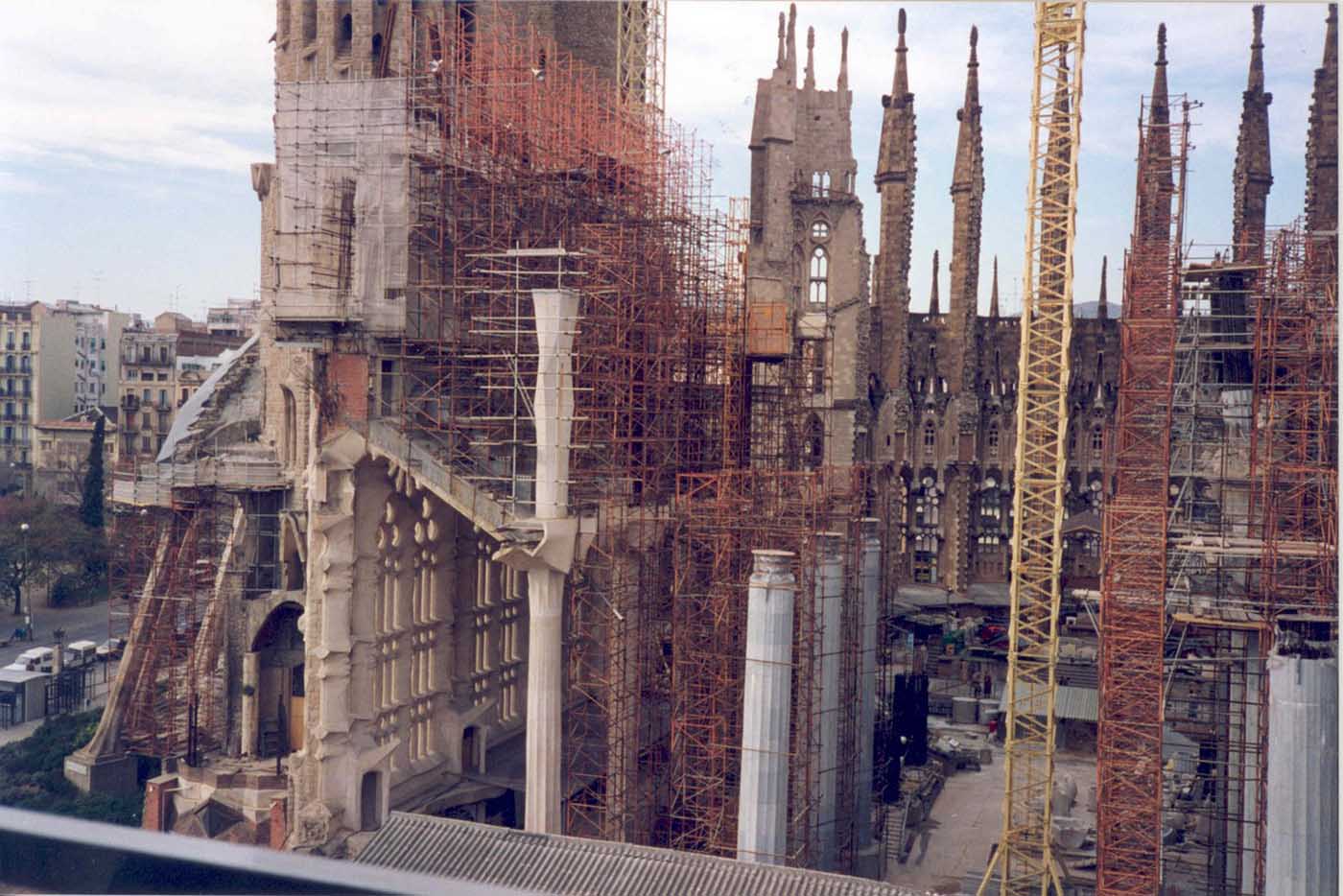
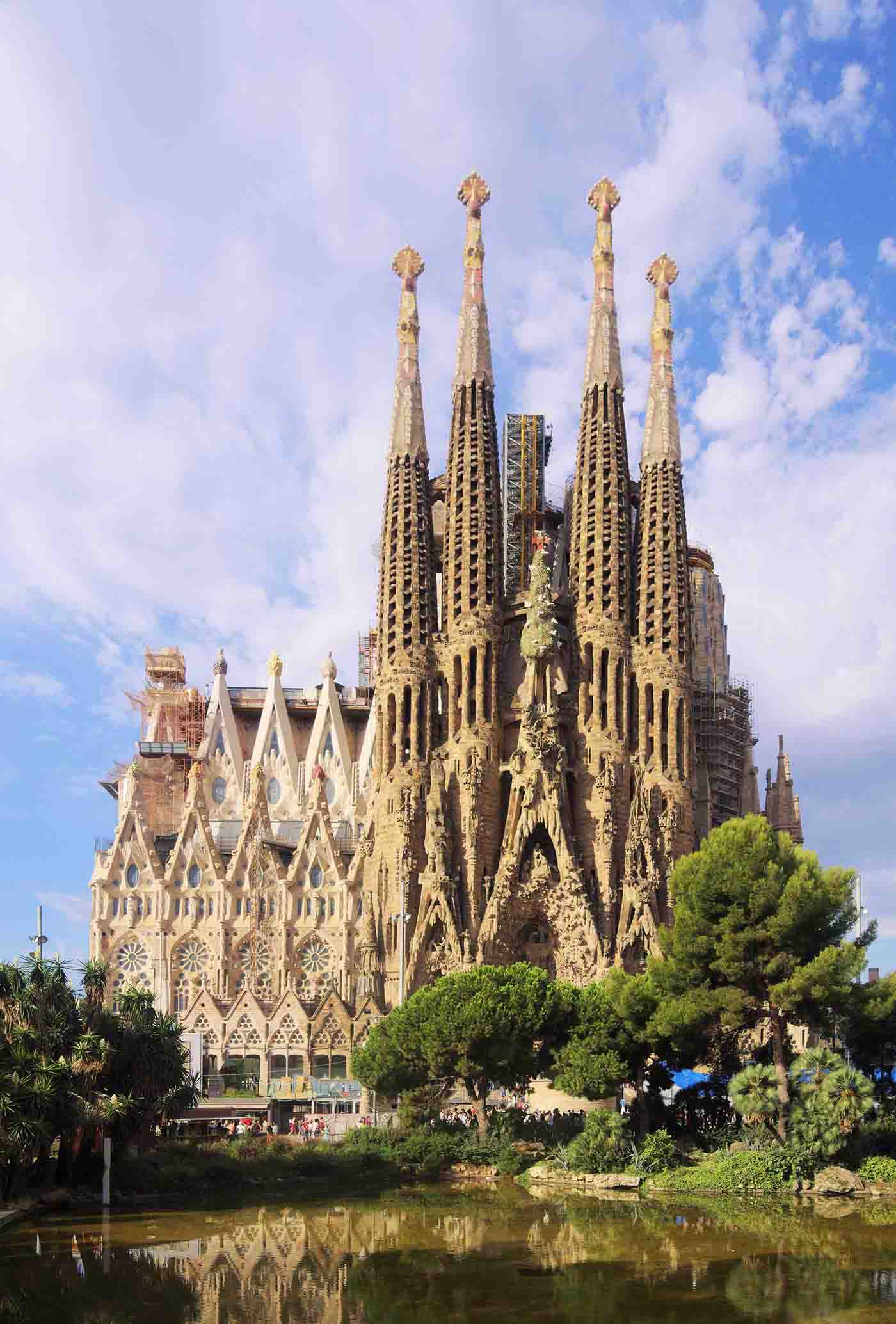

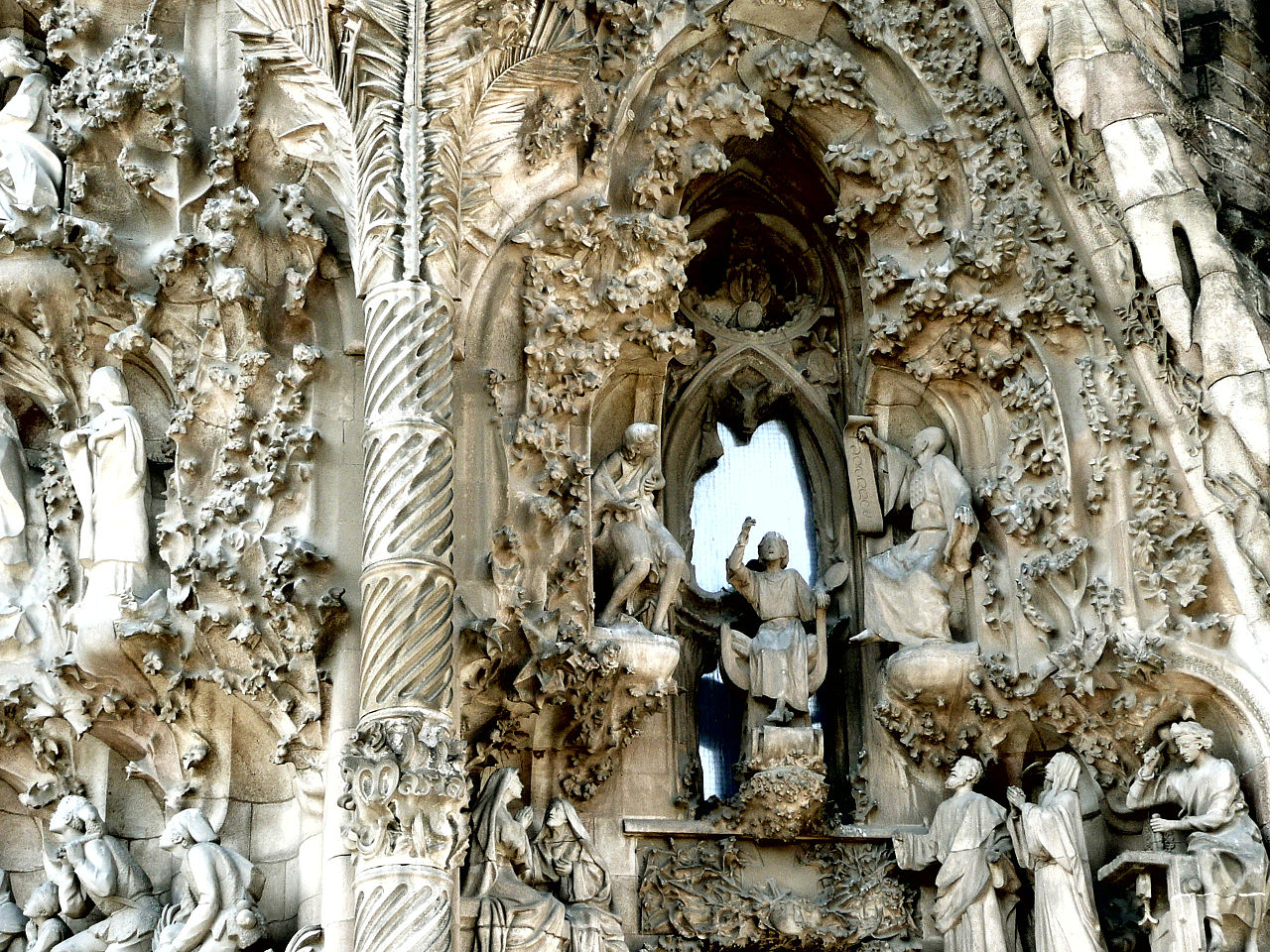
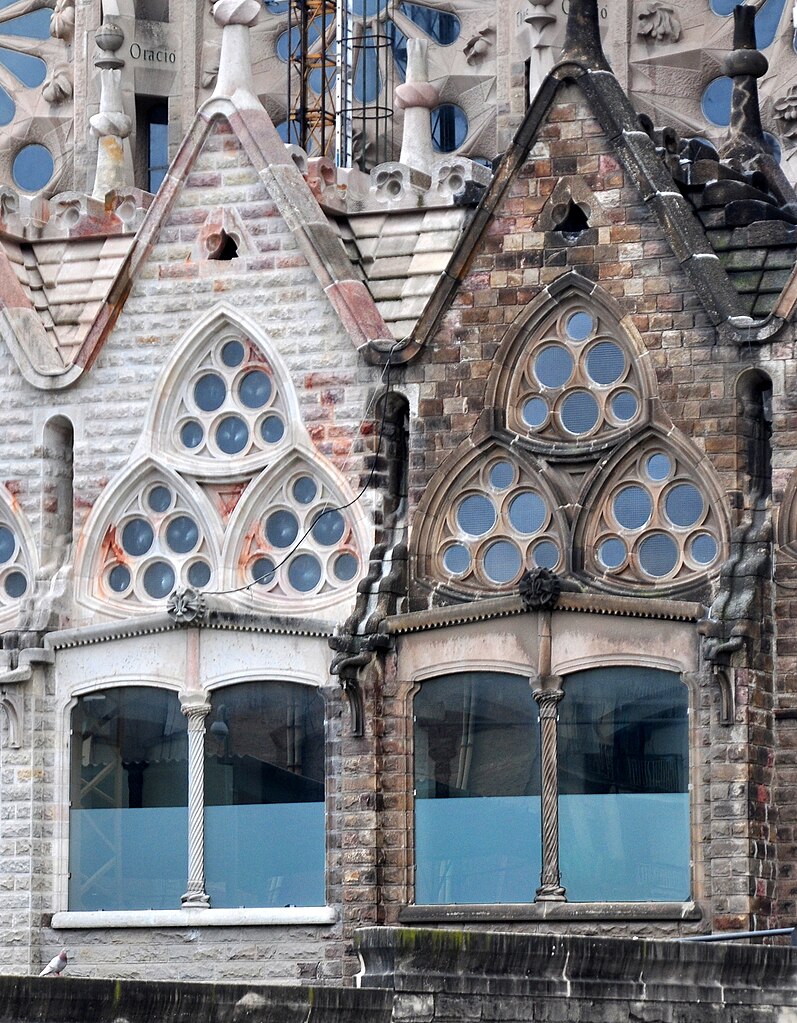

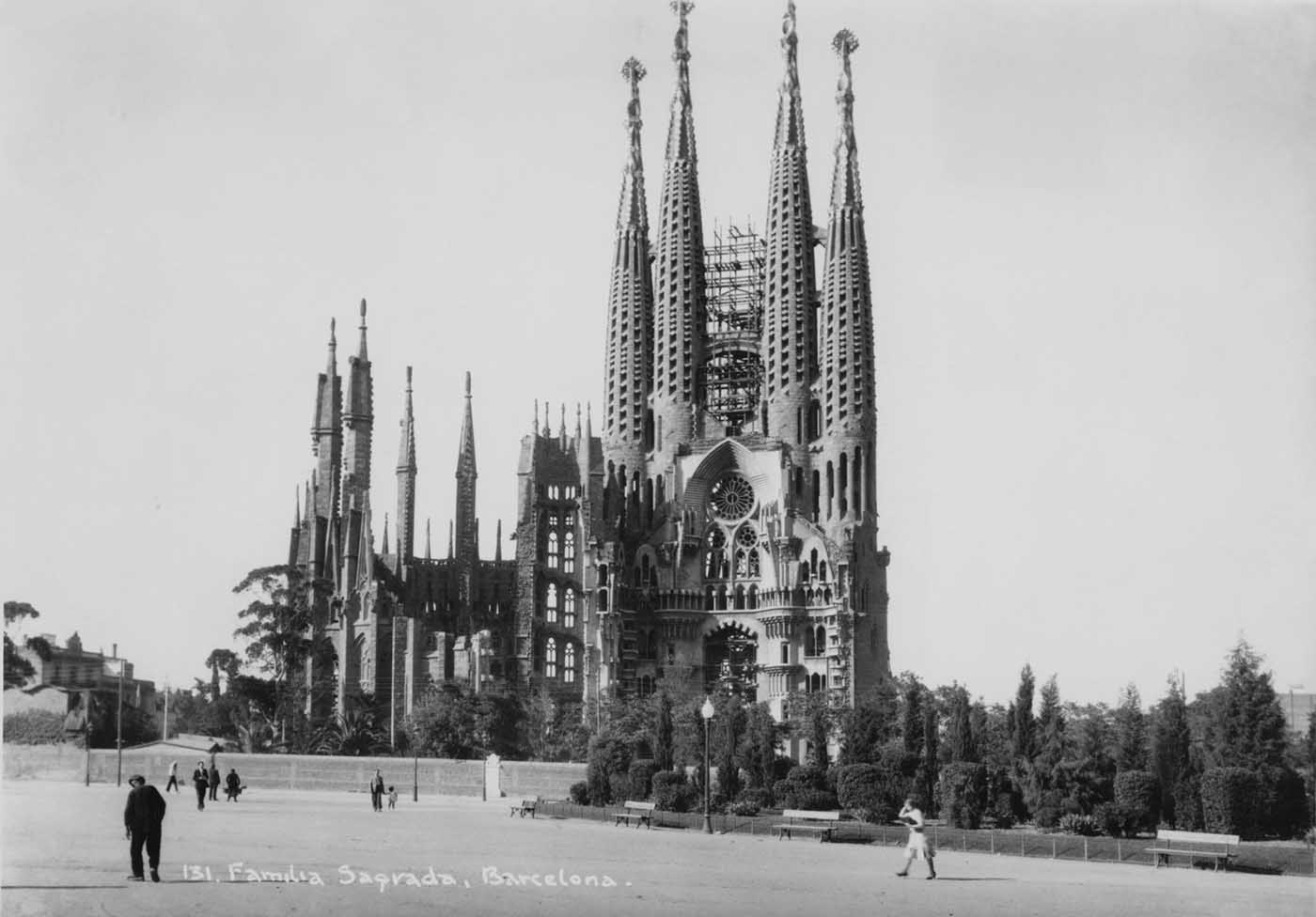
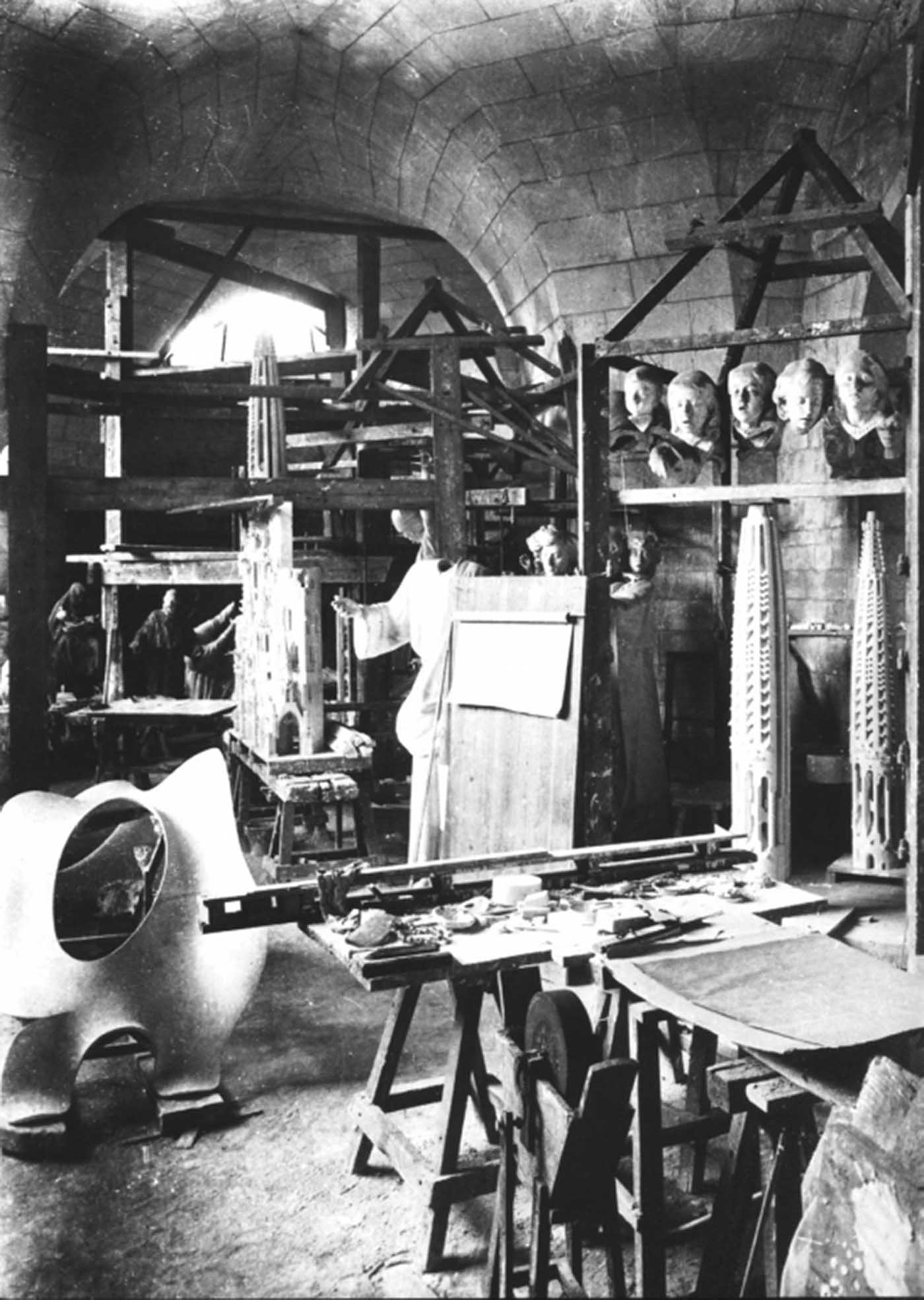
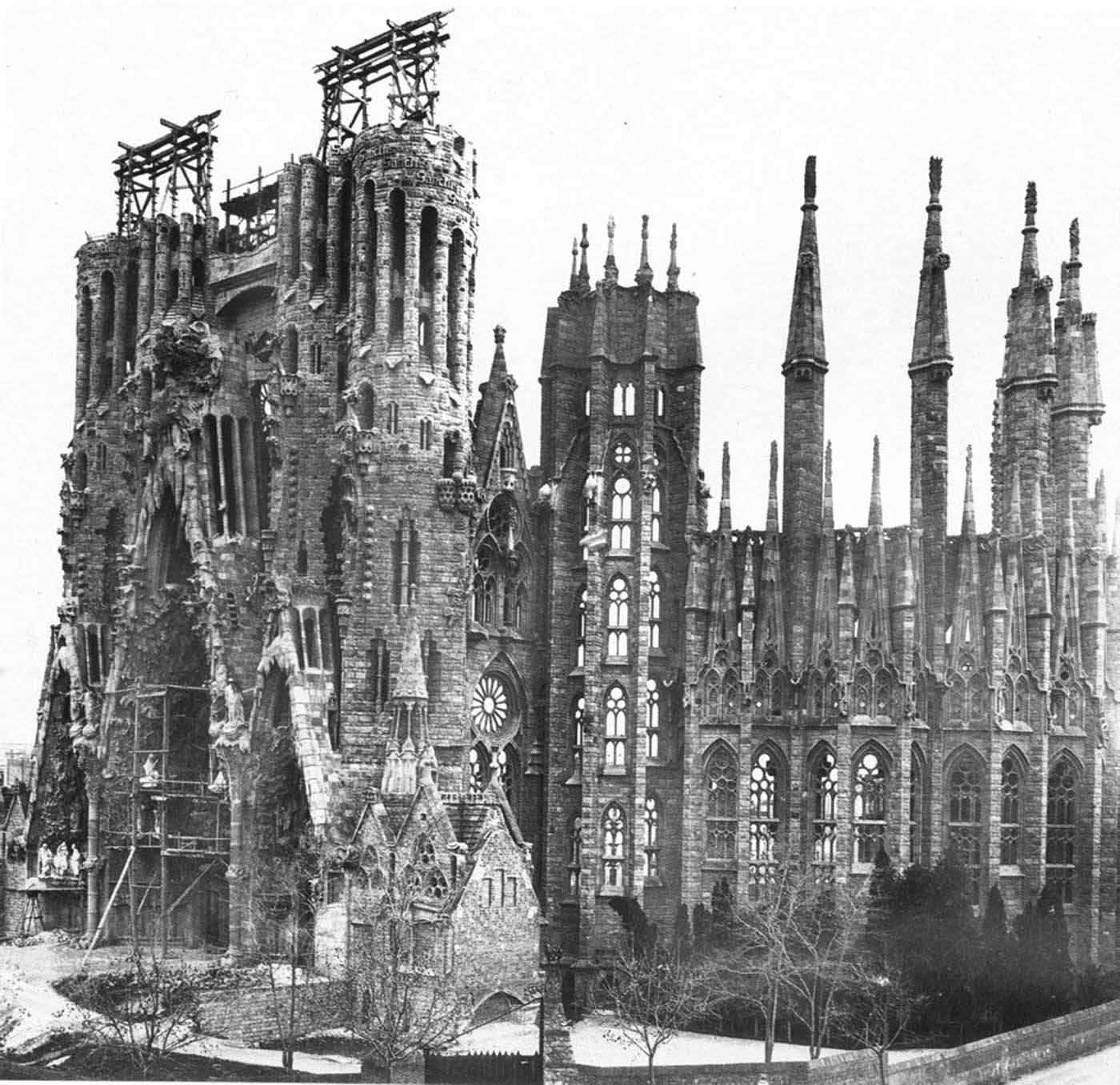
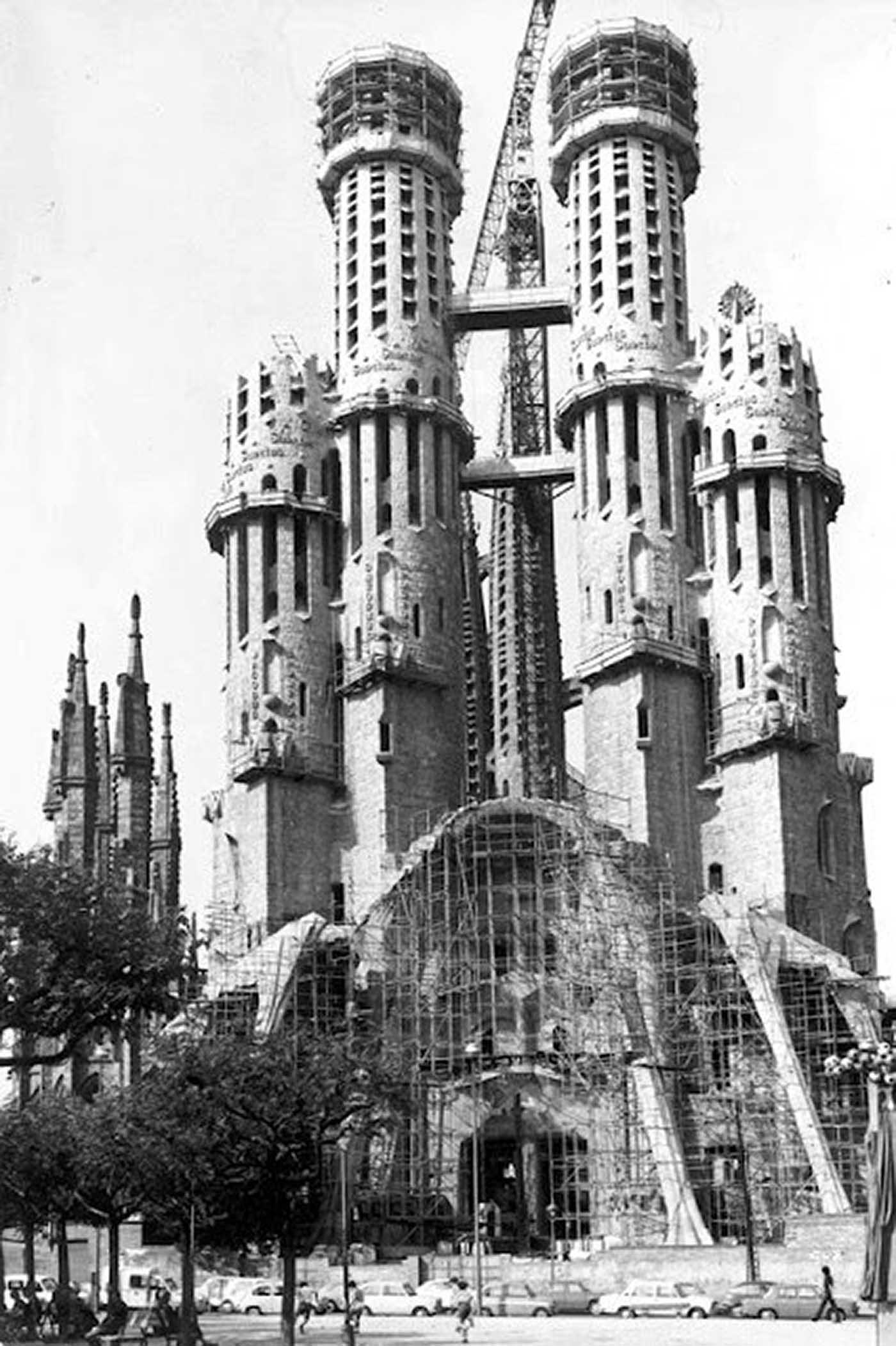
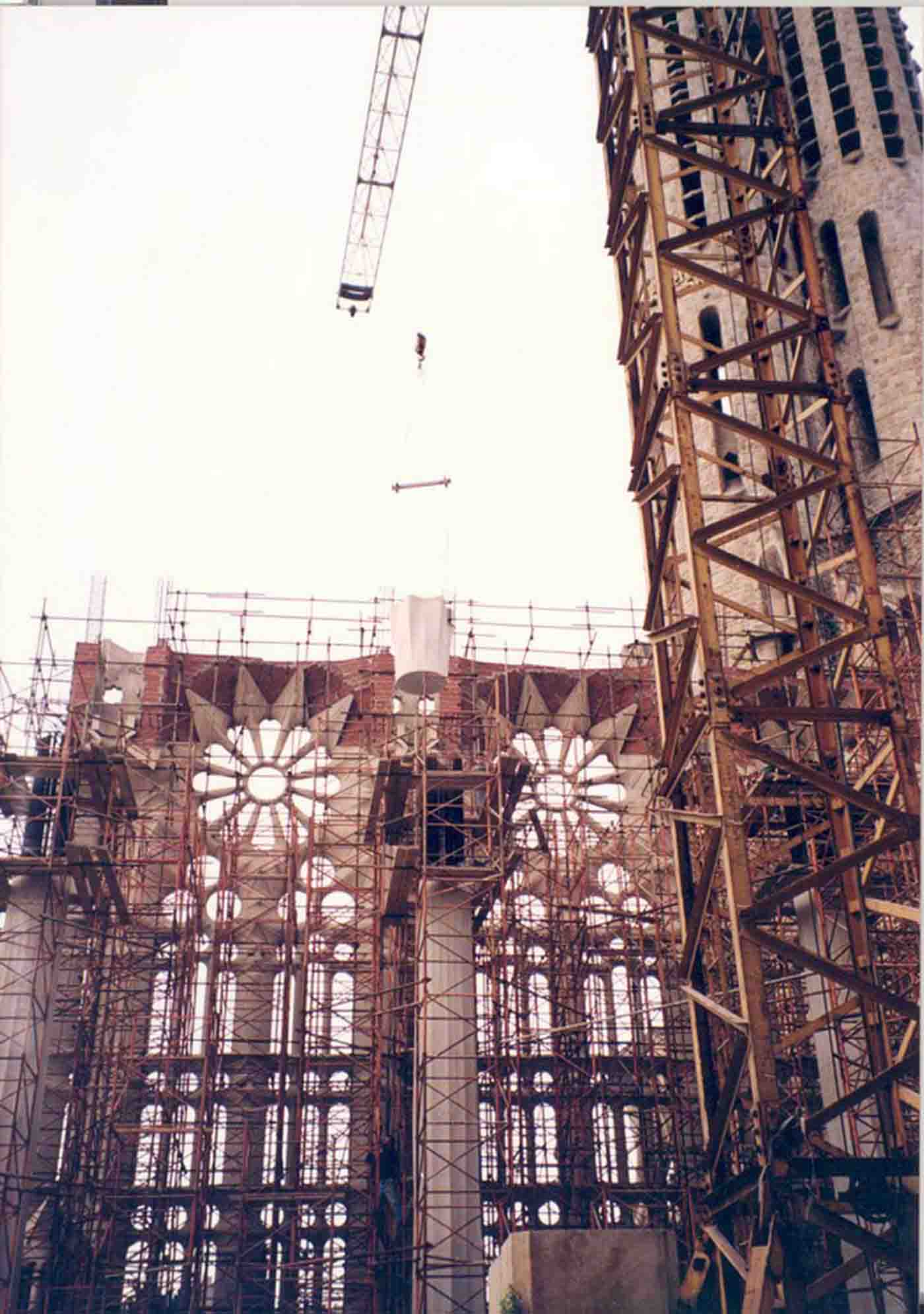

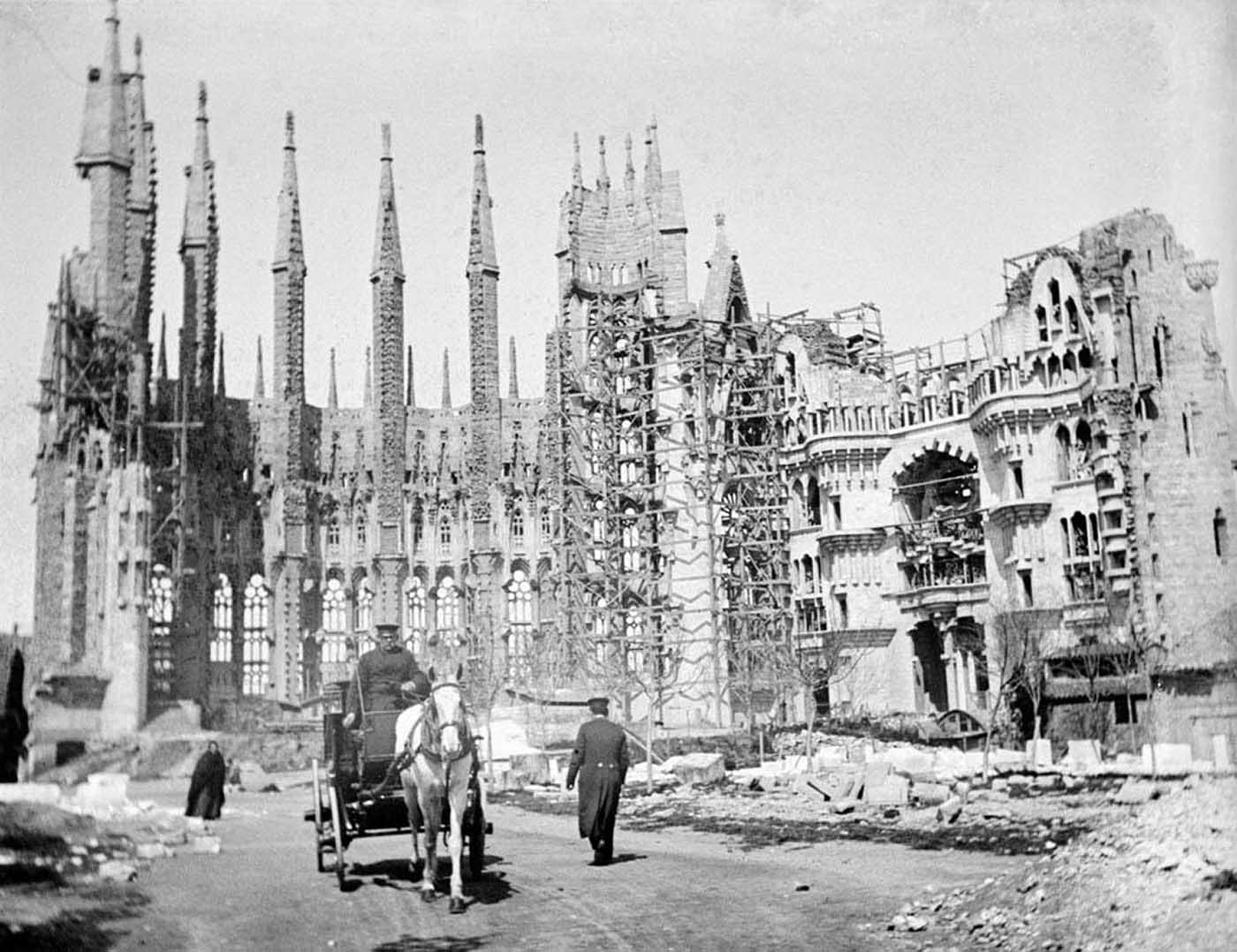
Video
Watch Sagrada Família: Visualisation of the Finished Basilica to see a stunning depiction of what the completed Sagrada Família will look like. A mesmerizing glimpse into its future!
Conclusion: The Lasting Legacy of Sagrada Família
As the Sagrada Família nears completion, its legacy as one of the most iconic architectural wonders of the modern world becomes ever clearer. Gaudí’s vision continues to shape the city of Barcelona, and the basilica stands as a testament to the ingenuity, faith, and dedication of those who have worked tirelessly to bring his dream to life. Through the photographs that document its construction, we are reminded of the enduring power of architecture to inspire, challenge, and connect us to something greater than ourselves. The Sagrada Família is not just a church—it is a living testament to human creativity and devotion, destined to stand for centuries as a beacon of beauty and faith.
